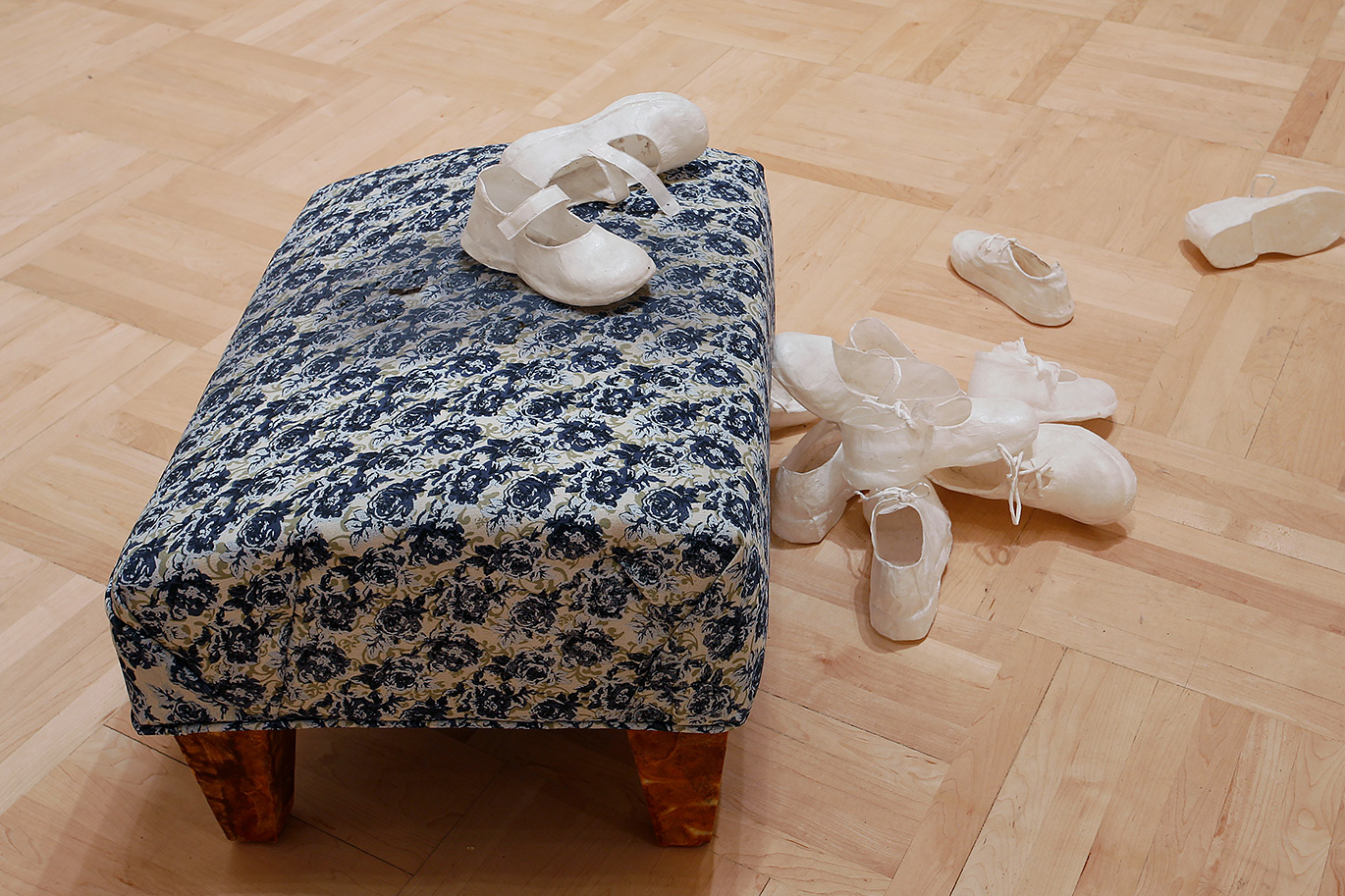This dissertation, titled (Dis)ability and the Making of the Early Modern Artist, operates at the intersection of art history and disability studies, aspiring toward a fuller understanding of the early modern (dis)ability experience by acknowledging pain and disempowerment but also resistance and gain, to disrupt historical stereotypes about disability. Disability was not univocally defined in the sixteenth century, and direct accounts are scarce. This research brings together for the first time three primary case studies—Jacopo Pontormo, who documented his attempts to manage his mental state; Gian Paolo Lomazzo, who, after becoming blind at age 33, continued practicing art through writing; and Hendrick Goltzius, who lived with impairment of his dominant hand—to explore these artists’ identity negotiation in their professional spheres and how their (dis)ability activated new ideas about art and its making.
University of Washington Links
Main Menu
Mobile Menu
- Art
- Art History
- Design
- The School
- The Gallery


